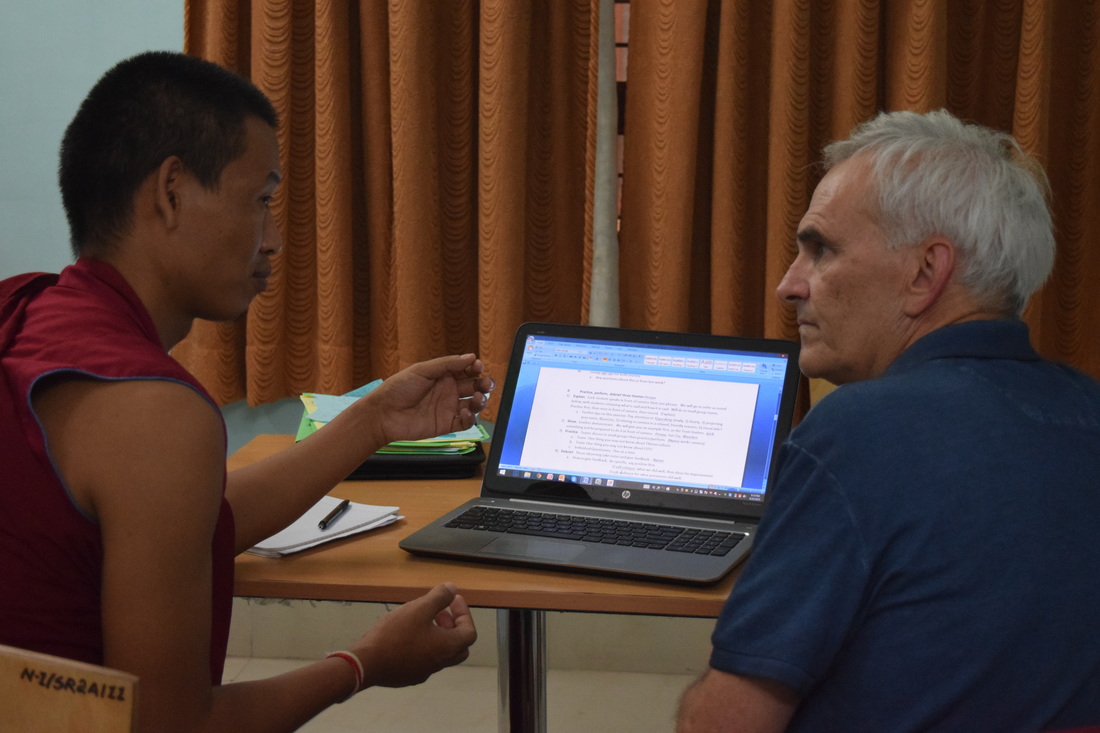globally networked teaching in the humanities book speaks to us all
|
This recently-published volume provides an overview and concrete examples of globally-networked learning environments across the humanities from the perspective of all of their stakeholders: teachers, instructional designers, administrators and students. By addressing logistical, technical, pedagogical and intercultural aspects of globally-networked teaching, this volume offers a unique perspective on this form of curricular innovation through internationalization. It speaks directly to the ways in which new technologies and teaching strategies can promote humanities-based learning for the future and with it the broader essential skills of intercultural sensitivity, communication and collaboration, and critical thinking.
The book features chapters from the Collaborative On-Line International Learning (COIL) Center's Jon Rubin and Sarah Guth, To purchase: Globally Networked Teaching To download free COIL Planning Guide |
Design for getting startedThis presentation at the 2014 UW Bothell International Conference introduces educators to the key principles for embedding COIL strategies within existing courses
four fabulous tips for partnerships Finding an international partner faculty member is a critical first step, but paying attention to how you nurture your relationship is absolutely critical to the ultimate success of your COIL course. Here are four fabulous tips on what we know works.
|
COIL introductory webinar for facultyFaculty around the world are looking for ways to get involved. This COIL Introductory webinar is geared for faculty anywhere, and can be viewed by clicking the "Learn More" button below. And here is a link to a sample syllabus from one of Tuke's COIL courses
|
coil international training centerThe SUNY-COIL Center is an outstanding resource for annual international training conferences and resource guides for Collaborative On-Line International Learning (COIL).
|





